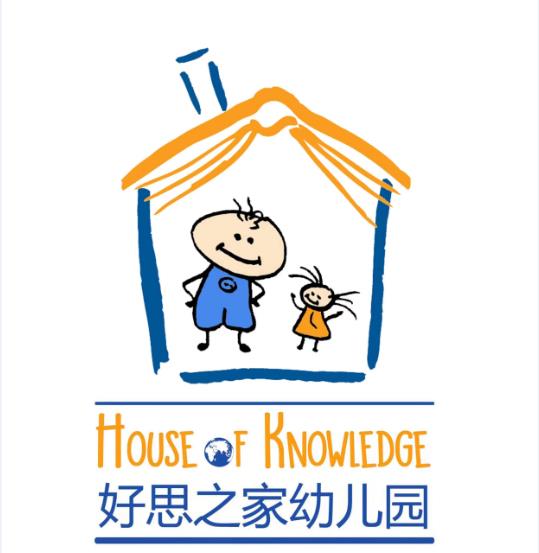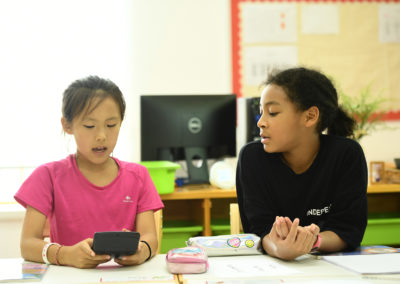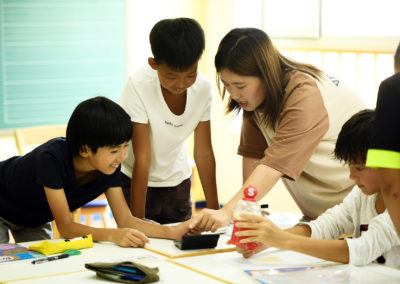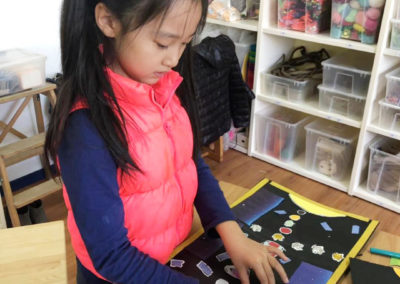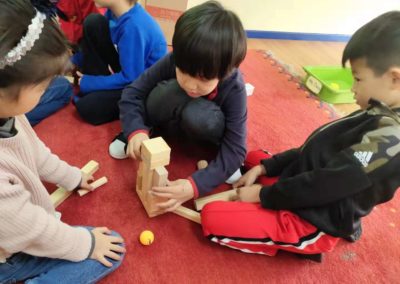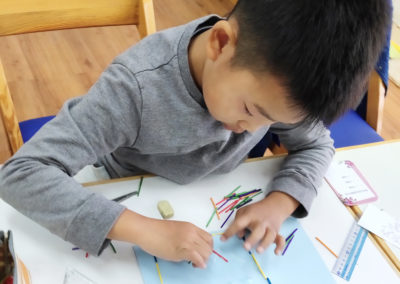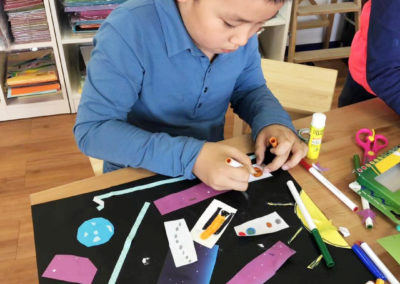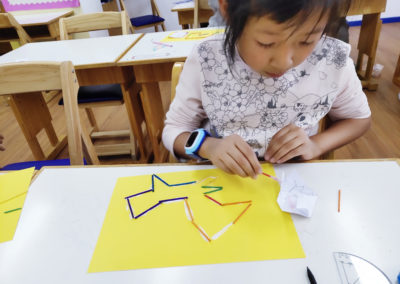Mathematics is a discipline that studies the concepts of numbers, shapes, variables, space, and information, and is the product of rational thinking. For this reason, mathematics has puzzled and annoyed many students. In the math class at House of Knowledge, however, the students think that mathematics is interesting, fun, and easy to learn. That’s because we visualize abstract knowledge and make boring problems interesting.
The Mobius strip, discovered by the German mathematician Mobius in 1858, has been used in both life and production. For example, the driving belt on the machine can be made into a “Mobius Strip” shape so that the belt will not wear only one side. The roller coaster in the amusement park also uses the characteristics of the Mobius strip to make the roller coaster pass on both sides of the track.
Teachers also bring this magical concept into the classes of the grade 4 of the House of Knowledge Elementary School. The teachers gave a rectangular strip to each of the students and asked a question, “Can you find a way to color the two sides of the strip without interruption?” The question caused the students to think. Some of them folded the strip, and some even wanted to destroy the strip. They tried every means to figure it out, but found that they could not make it.
At this time, a student caught everyone’s attention. He twisted one end of the strip 180 degree, and then glued the two ends together to make a paper band. In this way, he could color the two sides of the strip without interruption. The students were amazed. How does it work? This is a good question. We should not only know what it is, but also why it is. In fact, this student unknowingly made a Mobius strip. The rectangular strip has two sides, a front side and a back side, which makes it difficult for us to color the two sides without interruption at one time, while the Mobius strip has only one side (i.e. one-sided surface), which is its magical nature. That is to say, by twisting one end 180° and then gluing the two ends together, we actually convert two sides into one, and naturally it can be colored without interruption.
The students are curious about the Mobius strip, and its remarkable magic. If you cut it along its central line, what will you find? Wow, instead of being split in two, it becomes a double-sized paper circle. And what if you cut the strip by a third? It’s so interesting that it turns into a large Mobius strip with a small Mobius strip.
The grade 1 students have just started their journey of mathematics learning and have learned the carry addition within 20. In order to make them enjoy calculation, the teachers have transformed the boring addition formula into the “Addition Train” that is popular among the students. One student as a “little teacher” moved one of the addends, and the other students used method of “adding up to 10” to calculate the results. (Picture 1)
They were all absorbed in observing where the “little teacher” will eventually move this addend (Figure 1), carefully calculated, and finally made their own “Addition Train”. (Picture 2 and 3)
The teachers of grade 2 adhere to the student-oriented concept, and help students learn and understand abstract mathematical concepts through the practical teaching activities. (Picture 4)
Students combine their own life experience and use the materials in their hands to create a variety of creative shapes: cute puppies, interesting symbols, small houses of different shapes… Through hands-on activities, students have a more direct understanding of the “angle”. (Picture 5)
The grade 3 students learn the concept that “the length of the outline of a closed shape is its perimeter” in class. In order to further understand the two keywords “closed shape” and “outline”, the students came to the art classroom with great interest, and used the materials here to create their own closed shape and describe the perimeter. The students allowed their imaginations to run free, creating wonderful work, and showed a deep understanding of the meaning of the perimeter.
